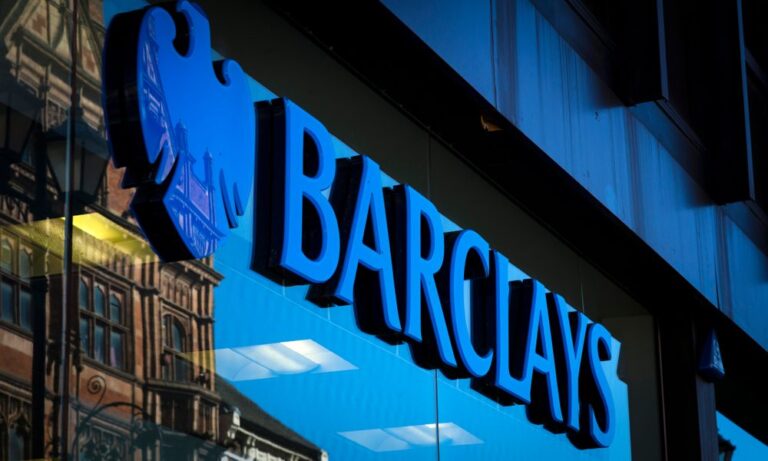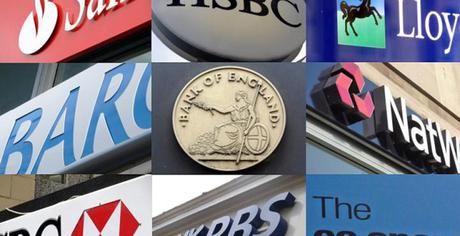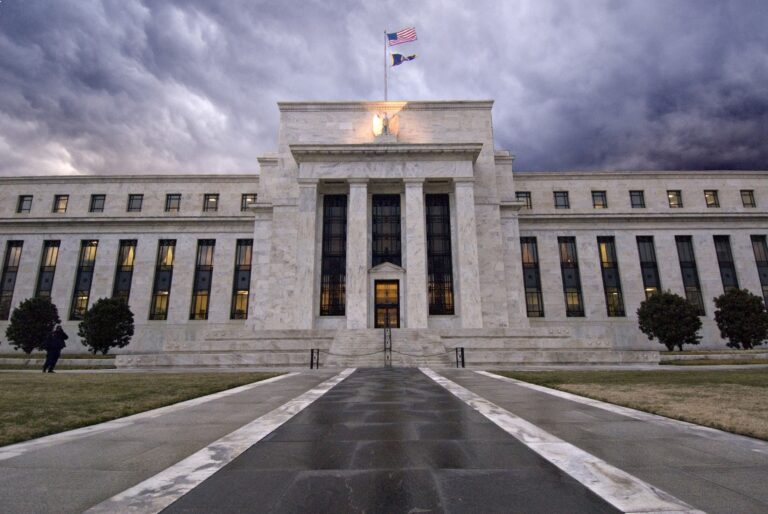Top 10 Banks in the U.S
The banking industry, and especially the top 10 banks in the U.S has undergone tremendous growth since the Great Depression. In 2018, the US banking industry had $17.9 trillion in assets and $236.8 billion in net income. The industry is the largest in the world, supporting the largest economy, and has the largest diversity of institutions.
Over the past 35 years, the US banking industry has undergone a lot of consolidation characterized by mergers and acquisitions. In 2018, there were only 4,718 banks insured by the Federal Deposit Insurance Corporation compared to 14,427 in 1985. Over the same period, individual banks have invested much in growing their network and market share with the number of branches growing from 43,790 to 78,014. In this article, we give deep analysis into the top 10 banks in the U.S by assets;
JPMorgan Chase & Co. (Total Assets: $3.246 Trillion)
As of 2021, JPMorgan Chase & Co. has $3.21 trillion in assets spread around the world making the largest bank in the US and the fourth in the world. The bank was born in 2000 from the merger of J.P. Morgan and Company and Chase Manhattan Corporation.
The bank operates two divisions- J.P. Morgan, which deals with investment banking and private wealth management and Chase, which offers retail and commercial banking services. The bank has a branch network of around 5,000 branches plus 16,000 ATMs.
- Name: JPMorgan Chase & Co.
- Headquarters: New York
- Assets: $3.21 trillion
- Branches In the US: Above 5,000
- Global Workforce: 255,000
Bank of America Corp (Total Assets: $2.738 Trillion)
Bank of America Corp has an asset portfolio of $2.32 trillion and the second among the top 10 banks in the U.S. The bank serves 66 million consumers and small business globally. Bank of America Corp owns Merrill Lynch, a giant in wealth management, making the bank the largest wealth management firm in the world.
The bank was launched in the early 1990s as small institution serving immigrants in San Francisco called the Bank of Italy. Bank of America briefly entered the Chinese financial market through the acquisition of a stake in Chinese Construction Bank. The bank later sold off its holding and exited the market.
- Name:Bank of America Corp
- Headquarters: Charlotte
- Assets: $2.738 trillion
- Branches in the US: 4,265
- Global Workforce: 212,000
Wells Fargo & Co. (Total Assets: $1.992 Trillion)
Wells Fargo was established in 1852 making the oldest bank in the US. It became the third largest bank in the US following the merger of Norwest Corporation in 1998 and the acquisition of Wachovia National Bank in 2008 and has $1.77 trillion in total assets. The bank has the largest number of branches at 5,486 around the country.
The bank offers services like Wholesale Banking, Community Banking, and Wealth and Investment Management through three division; Personal, Commercial, and Small Business.
- Name: Wells Fargo & Co.
- Headquarters: San Francisco
- Assets: $1.992 trillion
- Branches in the US: 5,486
- Global Workforce: 264,500
Citigroup Inc. (Total Assets: $2.234 trillion)
Citigroup is a global financial services corporation with its headquarters in New York City. The bank has an asset portfolio of $1.68 trillion and has around 700 branches in the US and more than 1,800 outside the US.
Citibank has been named the “Best Bank for High-Net-Worth Families” by Kiplinger’s Personal Finance for four consecutive years. The bank has operations in 19 countries and served by a total of 211,000 employees. Customers can access banking services across the more than 65,000 fee-free ATMs across the world.
- Name: Citigroup Inc.
- Headquarters: New York
- Assets: $2.234 trillion
- Branches in the US: 700
- Global Workforce: 211,000
U.S. Bancorp (Total Assets: $530.50 Billion)
U.S. Bancorp is one of the top 10 banks in the U.S with its headquarters in Minneapolis and operates as a bank holding company that offers banking and financial services through its subsidiary. Other services that the bank offers include mortgage banking, merchant and ATM processing, credit card services, leasing, insurance, and brokerage.
U.S. Bancorp has $542.57 billion in total assets and 2,914 domestic branches. The bank was launched in 1863 as the First National Bank of Cincinnati. The current bank as it is known is a product of several mergers that led to growth of its branch network and capital investment.
- Name: U.S. Bancorp
- Headquarters: Minneapolis
- Assets: $530.50 billion
- Branches in the US: 2,914
- Global Workforce: 68,108
Truist Financial Corporation (Total Assets: $488.02 Billion)
Truist Financial Corporation was formed following the merger of BB&T and SunTrust and offers financial services to close to 10 million users in the US. Both BB&T and SunTrust were ranked the 11th and 12th bank by assets in 2019.
The bank has assets amounting to $506.47 billion and more than 2,000 branches in 15 states and Washington, D.C. Truist offers financial services like asset management, consumer and commercial banking, mortgage, securities brokerage, and insurance products and services.
- Company: Truist Financial Corporation
- Headquarters: Charlotte
- Assets: $488.02 billion
- Branches in the US: More than 2,000
- Global Workforce: 54,982
PNC Financial Services Group Inc. (Total Assets: $457.45 Billion)
PNC Financial Services is headquartered in Pittsburgh and offers financial services through its divisions; Corporate and Institutional Banking, Retail Banking, Residential Mortgage Banking, Asset Management Group, BlackRock, and Non-Strategic Assets Portfolio segments.
The bank has $469.30 billion in assets and around 50,400 employees working in around 2,300 branches in the Northeast, South and Midwest. In 2008, the bank acquired National City Corp based in Cleveland and which was undergoing financial woes.
PNC is currently in negotiations to acquire BBVA USA in a $11.6 billion deal, a transaction that may see the bank move to the top largest banks in the country by assets.
- Company: PNC Financial Services Group Inc
- Headquarters: Pittsburgh
- Assets: $457.45 billion
- Branches in the US: 2,300
- Global Workforce: 50,400
TD Group US Holdings LLC (Total Assets: $447 Billion)
TD Bank is the U.S. commercial banking branch of TD Bank Group based in Canada and one of the top 10 banks in the U.S. The bank has $411.62 billion in total assets and offers financial services including deposit accounts, mortgages, and credit cards among others.
TD Bank is famously known as “America’s Most Convenient Bank” thanks to its flexible banking hours. While the parent company is based in Canada, the US branch has its headquarters in Cherry Hill. The bank has 1,242 branches in the US.
- Company: TD Group US Holdings LLC
- Headquarters: Cherry Hill
- Assets: $447 billion
- Branches in the US: 1,242
- Global Workforce: More than 25,000
Bank of New York Mellon Corp. (Total Assets: $349 Billion)
The Bank of New York was the first company to list on the New York Stock Exchange when the financial market opened in 1792. The company has assets amounting to $383.94 billion with its headquarters in New York.
The bank was formed by the first Secretary of the Treasury, Alexander Hamilton and was renamed Bank of New York Mellon (BNY Mellon) following the merger with a Pittsburgh institution called T. Mellon and Sons.
- Company: Bank of New York Mellon Corp
- Headquarters: New York
- Assets: $349 billion
- Branches in the US: N/A
- Global Workforce: 48,400
Capital One Financial Corp (Total Assets: $396 Billion)
Capital One is majorly a retail banking company that offers financial services including home loans, auto loans, credit cards, and savings services. The company was initially a credit card company and only started offering financial services in 2005. The bank has its headquarters in McLean, Virginia and $369.91 billion in total assets.
- Company: Capital One Financial Corp
- Headquarters: McLean
- Assets: $396 billion
- Branches in the US: 755
- Global Workforce: 47,300
Final Word
The US is home to some of the largest banks in the world and the country’s commercial banking industry is the largest in the world. That said, US commercial banks are expected to experience up to $254 billion of net loan losses between 2020 and 2022. This is a much lower estimate compared to previous estimates largely due to improving economic conditions as the COVID-19 pandemic comes under control.






